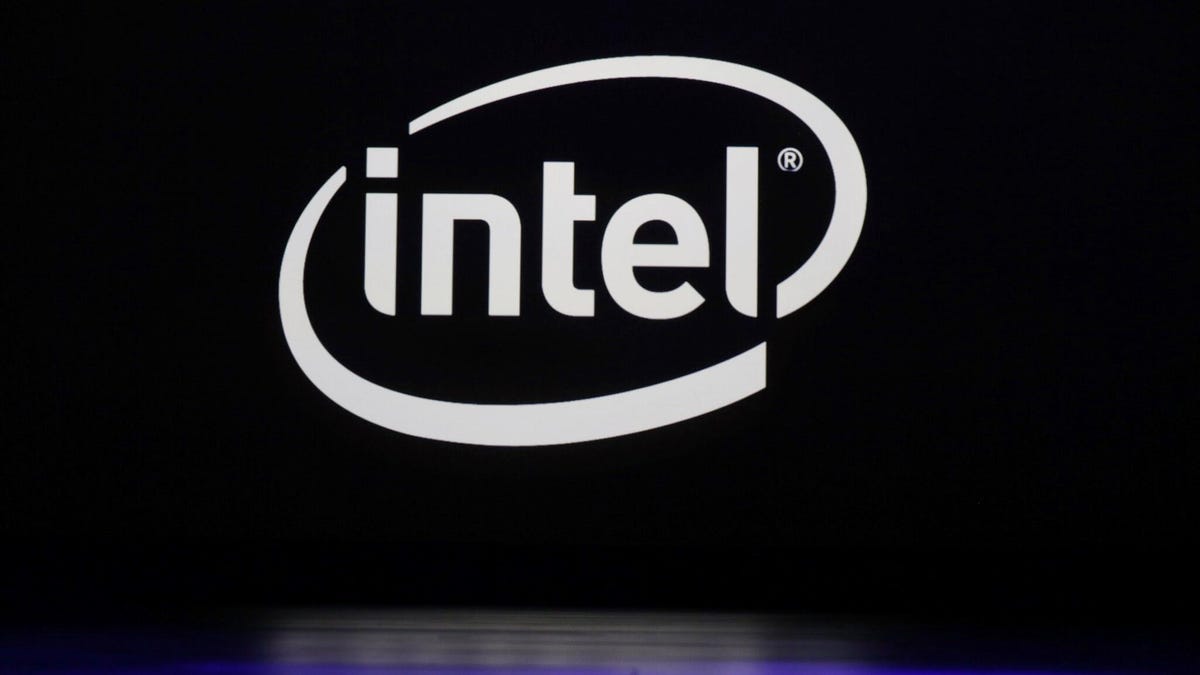An engineer will run Intel again as Pat Gelsinger returns as CEO
Gelsinger rose to CTO during 30 years at Intel but spent the last eight years as VMware's CEO. He replaces Bob Swan as Intel's chief in February.

The engineers are back in charge at Intel.
After just two years in the role, Intel 's chief executive and former chief financial officer Bob Swan will step down effective Feb. 15, the company said in a press release on Wednesday. Pat Gelsinger, a chip engineer who spent 30 years at Intel but the last eight years at software company VMware, has been appointed the new CEO of Intel.
"The board is confident that Pat, together with the rest of the leadership team, will ensure strong execution of Intel's strategy to build on its product leadership and take advantage of the significant opportunities ahead as it continues to transform from a CPU to a multi-architecture XPU company," said Omar Ishrak, independent chairman of the Intel board, in the release.
Intel has been financially successful in recent quarters, but it's had years of trouble with its core processor manufacturing work, ceding leadership to Taiwan Semiconductor Manufacturing Corp., or TSMC. With Gelsinger as CEO, Intel will once again have a technologist back in the top job. He was the architect of Intel's 80486 chip that powered millions of PCs in the 1990s, and he rose to the chief technology officer position.
Appointing Gelsinger CEO is a "big step in the right direction," said BMO Capital Markets analyst Ambrish Srivastava in a note Wednesday. Gelsinger likely can't fix Intel's problems immediately, but "he certainly has the background and experience to address and tackle many of the challenges over the long term. We hold him in very high regard from his prior tenure at Intel."
One of Gelsinger's toughest decisions will be about how much to rely on others, like TSMC or Samsung, to build its chip designs. Intel is preparing for that possibility, a move that would've been "heresy" at old-school Intel, Creative Strategies analyst Ben Bajarin said in a research note Wednesday. Moving much of its manufacturing outside will be difficult in part because it'll be hard to find a partner who can keep up with Intel's enormous chipmaking demand.
Gelsinger's return to Intel comes at a time of major changes in the chip business. Apple is now designing its own Mac processors, moving away from Intel's chips and relying on TSMC for manufacturing. Arm, designer of the chip family that powers all smartphones, is pushing into the PC business with help from Microsoft. Nvidia, which dominates graphics and AI chips, is seeking to buy Arm for $40 billion. AMD has been resurgent in the x86 chip market, profiting from Intel's difficulties. Smartphone chipmaker Qualcomm, soon to be led by new CEO Christiano Amon, just announced it plans to acquire Arm chip designer Nuvia to speed up its own chip designs. Even more radical changes are on the horizon with the rise of quantum computing.
Tech at the top
Gelsinger rose through Intel's ranks during the era when x86 chips like his 80486 dominated Intel's business and the consumer computing market. Back then, steady increases in chip clock speed and decreases in transistor circuitry size meant processors steadily advanced year after year, fueling Intel's expansion from PC chips to those that power servers.
Pat Gelsinger is returning to Intel as CEO.
Nowadays, chip progress is harder. That's led chipmakers to shift some of their focus from general-purpose processors like x86 CPUs into more special-purpose chips for chores like graphics and artificial intelligence. Intel has embraced the trend with its "XPU" initiative.
Swan's departure was reported earlier Wednesday by CNBC.
He was named CEO in January 2019 after serving as interim CEO following the surprise resignation of former CEO Brian Krzanich in June 2018.
"My goal over the past two years has been to position Intel for a new era of distributed intelligence, improving execution to strengthen our core CPU franchise and extending our reach to accelerate growth," Swan said in the release. "With significant progress made across those priorities, we're now at the right juncture to make this transition to the next leader of Intel."
Intel manufacturing woes
Intel has had trouble shrinking chip electronics. Its move from processors with electronic elements measuring 14 nanometers -- 14 billionths of a meter -- took three years longer than expected. It's still building many chips with the 14nm process even as it increases 10nm manufacturing. Intel announced in 2020 it would have to delay its shift to the next-generation 7nm process by six months, too.
In its statement Wednesday, though, Intel announced "strong progress" on its 7nm process. It also said it'll exceed its earlier profitability forecast for the quarter. Details will come during its Jan. 21 report on fourth-quarter financial results. That'll be the last report Swan will deliver at Intel.
"Swan was dealt a difficult hand, and 10nm was already off the rails when he was appointed CEO," said Moor Insights and Strategy analyst Patrick Moorhead. "I think it came down to investor pressure and impatience. Chip problems take years to address and while Swan accomplished a lot, it wasn't enough."



